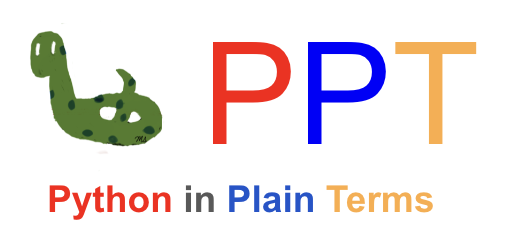Sets Exercises#

Question-1#
Create a set with the elements: 1, 2.5, True, ‘Texas’, (10,20,30)
Perform the following operations on it, printing it after each operation:
Add 99.
Add all elements from the list [2, 6, 5, 9, 1, 1, 5].
Remove ‘Texas’
Remove the tuple (10,20,30)
Verify if 8 is present in the set.
Verify if 9 is NOT present in the set.
Print the number of elements in the set.
Print the sum of elements in the set.
Print the maximum element in the set.
Print the minimum element in the set.
Question-2#
For the two sets S1 and S2 below print:
Union of S1 and S2
Intersection of S1 and S2
The elements in S1 but not in S2.
The elements in S2 but not in S1.
The elements in one of the two sets but not both.
Verify if S1 is subset of S2.
Verify if S1 contains of S2.
Verify if S1 and S2 have a common element.
S1 = {1,2,3,4,5}
S2 = {4,5,6,7,8,9}
Question-3#
Store the months from the “dates” tuple as an integers into a set using a for loop.
Hint: Use the split() method of the strings.
dates = ('10/25/1987', '3/2/2023', '9/2/2020', '10/25/1987', '3/2/2023', '9/2/2020', '5/12/2019')
Question-4#
Generate two strings containing randomly selected 10 lowercase letters.
Print each character from both strings, ensuring that each character is only printed once.
Hint: You can use the choices() method of the random module
Hint: You can use the join() method of the string module.
Question-5#
Write a program that prompts the user to input integer numbers.
Store each given number in a list.
Once there are three unique numbers, stop further input and display these numbers.
Sample Output
Enter an integer: 6
Enter an integer: 6
Enter an integer: 6
Enter an integer: 5
Enter an integer: 5
Enter an integer: 7
Unique numbers : {5, 6, 7}
